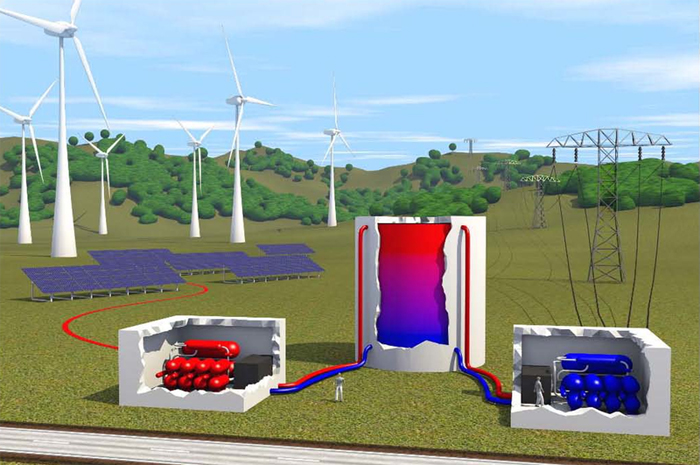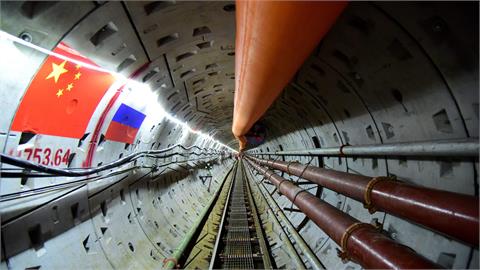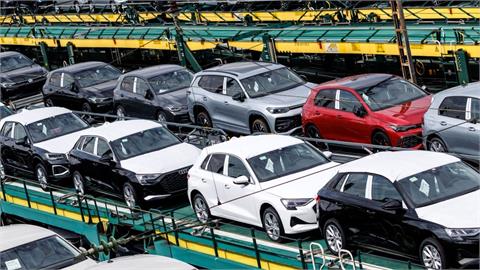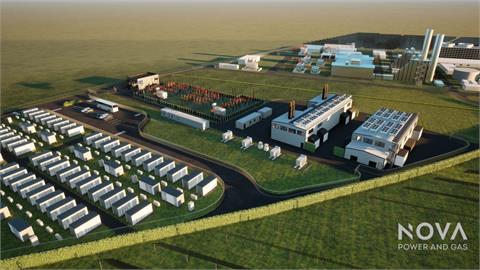With the percentage of renewables in the global energy mix increasing, and global energy demand projected to increase by 30% over the next two decades, energy storage is more important now than ever. But what are the main technologies for energy storage, and how will these technologies affect global energy? Gabriel Hurtado González, Energy Solutions Manager at Mitie, and Sasaenia Paul Oluwabunmi, Operations Officer at the OPEC Fund for International Development answer this pertinent question
The discussion on energy storage is increasingly gaining global attention. However, the high cost of energy storage has been the basis of the cost/benefit argument for the use of such technologies.
What are the main technologies for energy storage, and how will these technologies affect global energy?
Techno-economic considerations
Two technologies offer a solution for the demand in energy storage capacity: Pumped heat (or heat) electrical storage; and battery storage. These two technologies are very different and have their limitations.
The costs of lithium-ion batteries are reducing at a significant rate; from US$1,200/kWh in 2012, to $700/kWh in 2017. BNEF predicts that the cost will further plummet, from $700/kWh in 2016, to $300/kWh in 2030.
This reduction will favour investments in battery storage and the mass production of batteries. On the other hand, pumped heat electrical storage is a very inexpensive technology, as it costs circa $350/kWh1, making it a very cost competitive option compared to battery storage technologies.
In addition, the capital costs for grid-scale solutions for both technologies also differ. For pumped heat electrical storage, the capital costs range from $1.5 million to $2.5 million per MW of capacity installed, whereas grid-scale battery solutions are estimated to be approximately $3.5 million per MW installed2.
The ability of pumped heat electrical storage to level demand and excess power allows plants to operate at the maximum efficiency as required, thus creating a better return on investment.
Battery storage Vs. Pumped heat electrical storage
Energy Storage is flexible in its ability to stack value streams and change its dispatch to serve different needs over the course of a year, or even an hour. These value streams are growing both in value and in market scale3.
Battery Storage technologies feature high energy density and their maintenance costs are minimal. Nevertheless, the performance of this technology is very dependent on the charge and discharge cycles, and it is regarded as an immature technology.
Pumped heat electrical storage has high reversibility: the machine works as both an engine and a heat pump, thus if it turns electricity into a temperature difference, it can then regenerate most of the electricity from the temperature difference. Therefore, this technology has the ability to reduce the mismatch between demand and supply.
Also, some storage materials like water, have universal availability and low cost. However, the disadvantages of this technology include stored energy decreasing with time, due to heat losses; and some storage technologies that are still in the development stage.
In comparison, battery storage technologies are more cost-effective at releasing small amounts of energy over a short time at high power levels, whereas pumped heat electrical storage is more cost-effective at storing and releasing large amounts of energy in a short period of time.
The fact that both technologies will play crucial roles in the development and expansion of a future network powered by renewable technologies cannot be ruled out.
Conclusion
The rise of renewables will lead to a diversity of storage and supply solutions. These solutions will depend on the resources of regions and locations. In a low-carbon system, intermittent Renewable Energy Systems (RES) make it more difficult to vary output, and demand increases do not necessarily correspond to increase in RES generation.
Hence, higher levels of energy storage are required for grid flexibility and grid stability, and to cope with the increasing use of intermittent wind and solar electricity4.
It is expedient for policy makers and governments to synergise with key players in the private sector to further develop battery storage and pumped heat electrical storage solutions, as these technologies will be important for achieving not just a global renewable energy future, but also a sustainable energy future.




